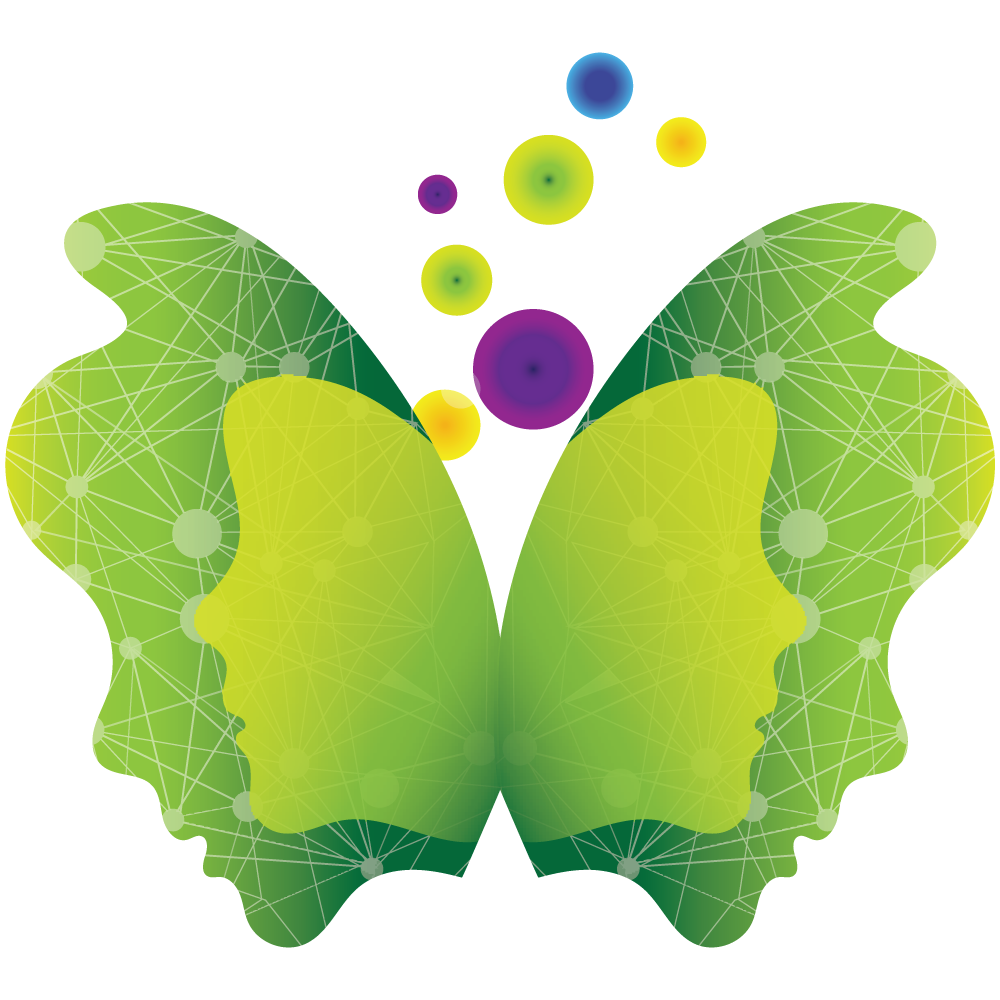Reimagining water treatment practices
ISL Adapt uses ML to make water treatment cleaner & greener
A joint effort between the Alberta Machine Intelligence Institute, the University of Alberta and ISL Adapt is exploring how machine learning (ML) can make water treatment more environmentally friendly and cost-effective.
When Drayton Valley — a small town about 130 kilometres southeast of Edmonton — decided to replace their ageing water treatment plant, they hired ISL Engineering to build a facility that could handle future population growth in a sustainable fashion.
Through their ISL Adapt initiative, the firm linked up with a team of researchers to determine how they could use ML to reduce the environmental and energy costs of the new plant, including Fellows and Canada CIFAR AI Chairs at Amii Martha White, Adam White and Csaba Szepesvári, Amii Machine Learning Scientist James Bell, and the University of Alberta’s Omid Namaki and Anna Koop. The project was also supported by Alberta Innovates.
Water treatment plants are very power-intensive, so reducing energy use was one of the main goals. Much of that energy use comes from pumping water, especially for a plant like Drayton Valley, which uses a process called ultrafiltration. The process uses chemicals on untreated water that creates conditions where small particles and contaminants are bound together to improve the filtration process. Then, the plant pumps the water through special membranes, which filter out smaller contaminants and let clean water through.
“How do you tune a plant to respond to different surface water changes in the environment?”
Douglas Hallett, ISL Engineering
As water production time goes on, those membranes get dirty and have to be cleaned by backwashing treated water through them. A more efficient system means more effective cleaning, which means less pumping and less energy used.
It’s a complex process, further complicated by the fact that water conditions are always changing. Rainfall, seasonal melt and other biological factors can greatly affect the quality of raw or untreated water and change the way plant operators have to deal with it.
“You can see the North Saskatchewan River changing in front of you each year,” said ISL’s Douglas Hallett. “You can see it turn from glacial blue to organic brown, or even green as algae grows in the summer months. How do you tune a plant to respond to different surface water changes in the environment?”
To find ways to tackle the problem, ISL set up a pilot facility — a plant-within-a-plant, fitted with sensors and tools to help the Amii team gather data on what factors could help reduce energy use, monitor water quality and adapt to changing water conditions.
The reinforcement learning approach used in the pilot plant uses trial-and-error to test many variables to find the more efficient ways to operate the plant: anything from what chemicals to use, to how much, to how often to clean the membranes. That complexity, combined with the need to predict upcoming changes in the raw water quality, makes the issue a great candidate for reinforcement learning.
So far, all of the water treated in the pilot project plant is sent back out into the sewage system, as to not affect the town’s water quality as the team experiments. The pilot is an important step towards applying and scaling reinforcement learning advances into the full water treatment plant. The results are being used to set up ISL Adapt as a leader in bringing affordable, AI-driven filtered water to communities that struggle to meet ever-evolving demands of water treatment in Alberta and beyond.
Contact Us
780.438.9000
Alberta
